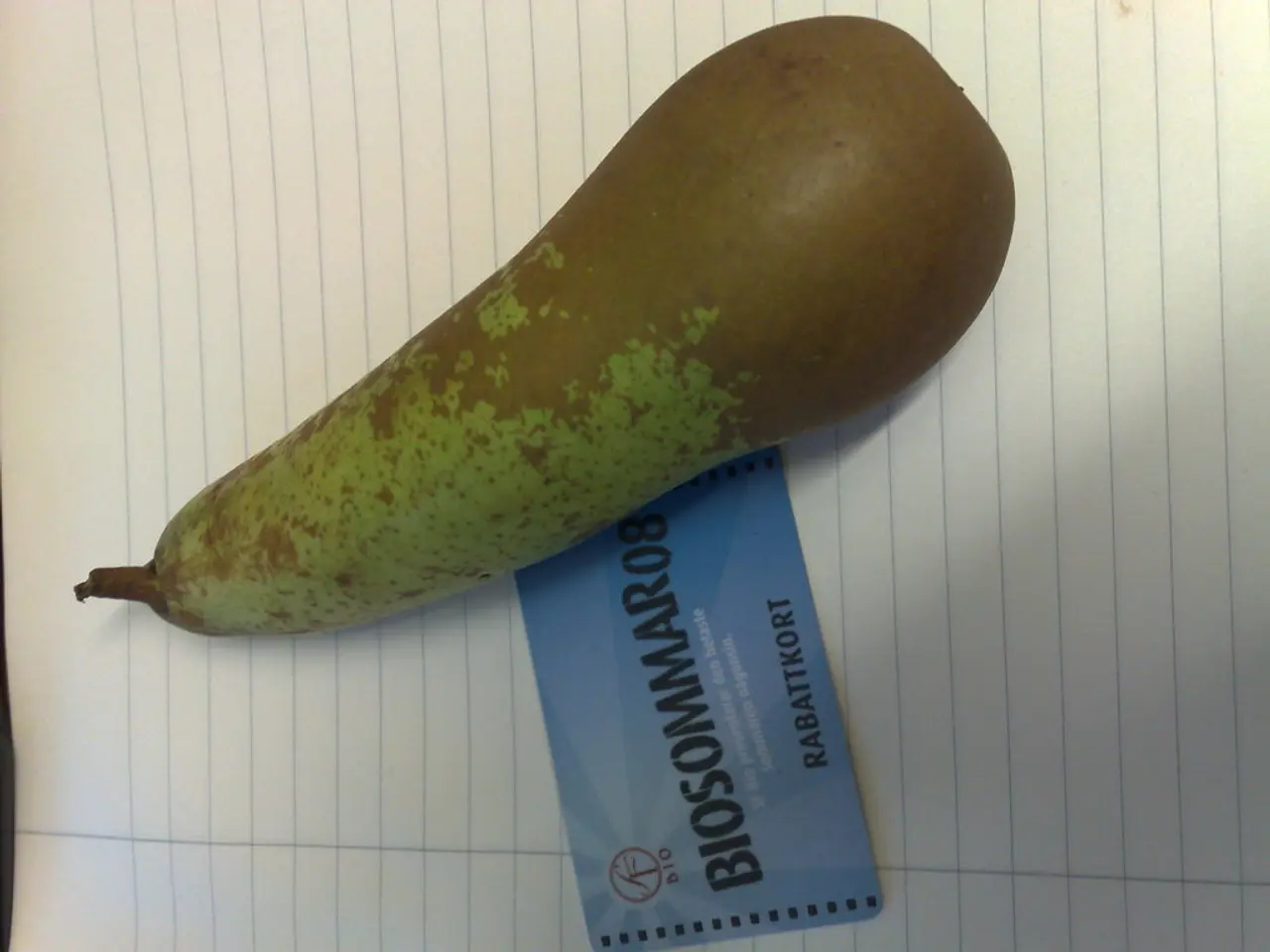Child Gout: Identifying Symptoms, Understanding Causes, Exploring Treatment Options, and More Insights
In the world of health, gout is often associated with adults, but it can also affect children and teenagers, a condition known as "pediatric gout." This article aims to shed light on this less common but important topic.
Pediatric gout occurs due to excessive uric acid levels in the blood, a condition known as hyperuricemia. Uric acid levels gradually increase from birth throughout childhood, with boys experiencing higher levels around the age of 12 due to rising testosterone levels.
Gout is a type of inflammatory arthritis, causing severe pain, swelling, redness, warmth, and stiffness in the affected joints. The big toe is the usual starting point, but other joints can also be affected. If left untreated, gout can cause debilitating pain and potentially lead to chronic arthritis.
So, how is pediatric gout diagnosed and treated? Doctors may use fine needle aspiration, imaging tests like X-rays and ultrasound scans, and blood tests to check for uric acid levels and other factors.
Common treatments for pediatric gout include anti-inflammatory medications, lifestyle and dietary modifications, managing underlying conditions, and, in some cases, urate-lowering therapy.
Anti-inflammatory medications like nonsteroidal anti-inflammatory drugs (NSAIDs) such as ibuprofen and colchicine are commonly used to reduce pain and inflammation during acute gout attacks.
Lifestyle and dietary modifications involve encouraging a low-purine diet, increasing hydration, and limiting sugary beverages and foods high in fructose.
Managing underlying conditions is crucial, as pediatric gout often has an underlying metabolic or genetic cause. Addressing conditions like kidney disease, enzyme deficiencies, or disorders leading to high uric acid production is essential.
Urate-lowering therapy, such as medications like allopurinol or febuxostat, may be prescribed for chronic management, but this is done carefully due to limited pediatric data.
Because pediatric gout is uncommon and may be linked to specific metabolic or genetic factors, it is important for treatment to involve a pediatric rheumatologist or specialist familiar with such cases. They can tailor therapy to the child's needs and monitor for side effects.
It's worth noting that having high uric acid levels does not always mean a person has gout. A 2019 review has linked pediatric gout to certain conditions, such as obesity, metabolic syndrome, and kidney disease.
If you suspect pediatric gout or are looking for guidance on managing it, medical evaluation and specialist consultation are recommended. With the right treatment and care, pediatric gout can be managed effectively.
- Science has shown that gout in children, referred to as pediatric gout, is associated with increased uric acid levels in the blood, a condition known as hyperuricemia.
- Due to rising testosterone levels, boys typically experience higher uric acid levels around the age of 12, contributing to the occurrence of pediatric gout.
- In the treatment of pediatric gout, various therapies and treatments are employed, such as anti-inflammatory medications, lifestyle and dietary modifications, managing underlying medical conditions, and urate-lowering therapy in some cases.
- Specific medications like allopurinol or febuxostat may be prescribed for chronic management, but their use is done with caution due to limited pediatric data.
- For effective management of pediatric gout, it is essential to consult with specialists like pediatric rheumatologists who can tailor treatments to a child's unique needs.
- Pediatric gout is linked to specific medical conditions, such as obesity, metabolic syndrome, and kidney disease, as reported in a 2019 review.
- It's crucial for anyone suspecting pediatric gout or seeking guidance on its management to undergo medical evaluation and specialist consultation for proper care and treatment.




